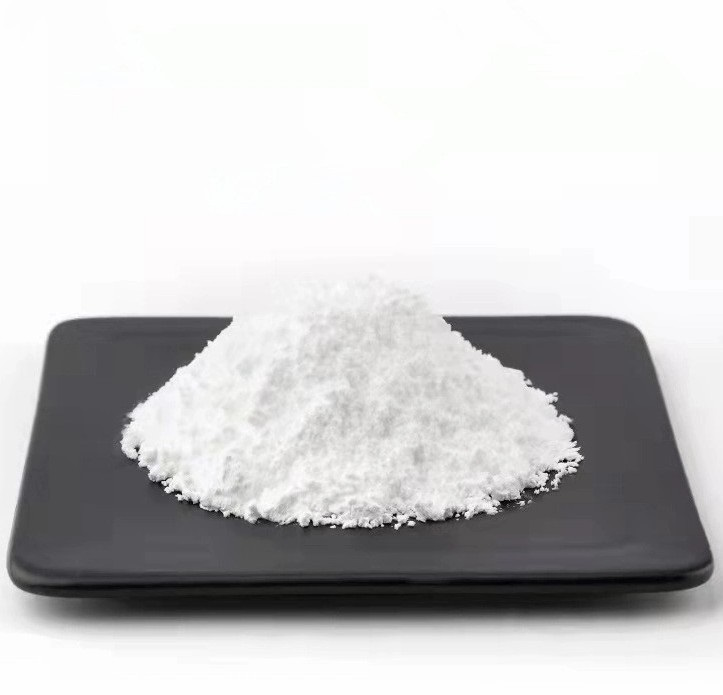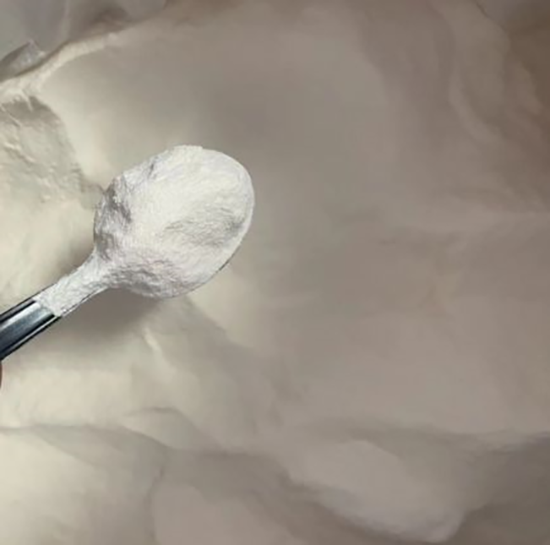Post Date:6,May,2024

The sources of mud are different, and their components are also different. The mud in concrete sand and gravel is divided into three categories: limestone powder, clay, and calcium carbonate. Among them, stone powder is the fine particles in manufactured sand with a particle size less than 75 μm. It is the same parent rock as manufactured sand and has the same mineral composition. The main component is CaCO3, which is part of the gradation composition of manufactured sand.
(1) Research on the working principle of mud powder and polycarboxylic acid water-reducing agent:
It is generally believed that the main reason why mud powder affects concrete mixed with lignosulfonate and naphthalene-based water reducing agents is the adsorption competition between mud powder and cement. There is still no unified explanation on the working principle of mud powder and polycarboxylic acid water-reducing agent. Some scholars believe that the working principle of mud powder and water-reducing agent is similar to that of cement. The water-reducing agent is adsorbed on the surface of cement or mud powder with anionic groups. The difference is that the amount and rate of adsorption of water-reducing agent by mud powder is much greater than that of cement. At the same time, the high specific surface area and layered structure of clay minerals also absorb more water and reduce the free water in the slurry, which directly affects the construction performance of concrete.
(2) The effects of different minerals on the performance of water reducing agents:
Research shows that only clayey mud with significant expansion and water absorption properties will have an important impact on the working performance and later mechanical properties of concrete. Common clay muds in aggregates mainly include kaolin, illite and montmorillonite. The same type of water-reducing agent has different sensitivities to mud powders with different mineral compositions, and this difference is very important for the selection of water-reducing agents and the development of mud-resistant water-reducing agents and anti-mud agents.

(3) Effect of mud powder content on concrete properties:
The working performance of concrete not only affects the forming of concrete, but also affects the later mechanical properties and durability of concrete. The volume of mud powder particles is unstable, shrinking when dry and expanding when wet. As the mud content increases, whether it is polycarboxylate water-reducing agent or naphthalene-based water-reducing agent, it will reduce the water-reducing rate, strength, and slump of concrete. Fall, etc., bring great damage to concrete. The national standard "Sand for Construction" (GB/T14684-2011) stipulates that when the concrete strength grade is C30 or there are frost resistance, anti-seepage or other special requirements, the mud powder content in the natural sand shall not exceed 3.0%, and the mud lump content shall not exceed 1.0 %; when the concrete strength grade is less than C30, the mud powder content shall not exceed 5.0% and the mud block content shall not exceed 2.0%.
Post time: May-06-2024






